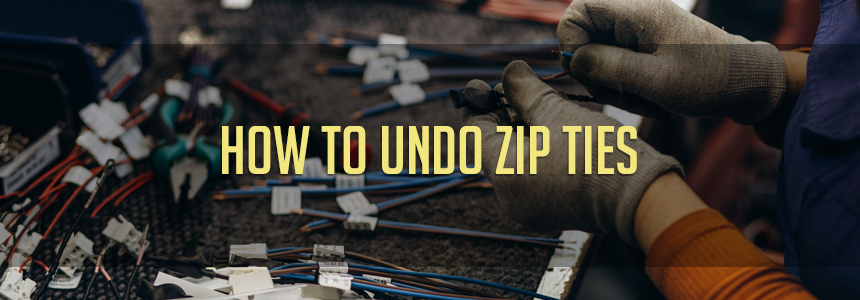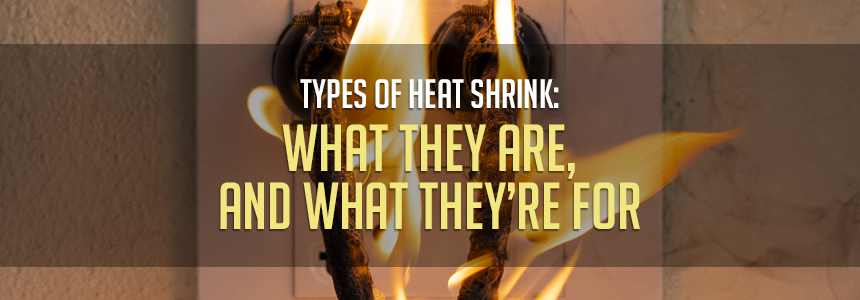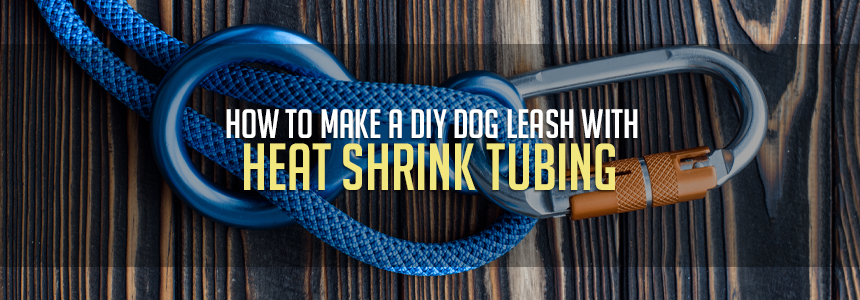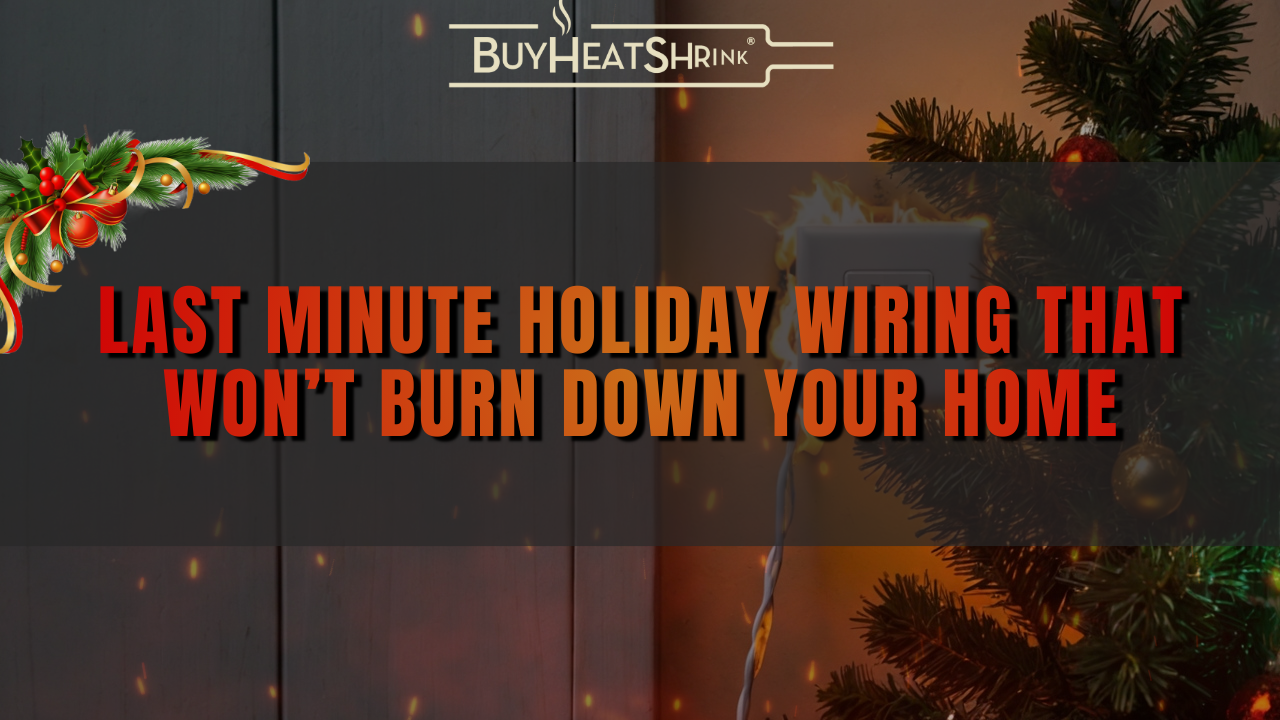Powered By Nature: Wind Energy & What Homeowners Need To Know

Powered By Nature: Wind Energy & What Homeowners Need To Know
We showed you how to capture the sun. Now, we're chasing the air.
Wind is raw, renewable energy. It's primal, untapped power. And it's waiting in your backyard. Wind energy is here to flip the script. From passive breeze to active energy production. From sleeping giant to home energy source. From big grid dependency to savings you can feel.
Wind power sweeps into the renewable energy movement, and it's begging you along for the ride.
This is the second blog in our series on alternative energy solutions. For homeowners who want to join in the movement, powered by nature is your invitation. And the wind is calling your name.
Wind's Place In The Renewable Future
Residential wind power is clean and commanding. It generates electricity without burning fossil fuels. Every year, it keeps 351 million metric tons of CO2 out of the environment. That's like taking 61 million cars off the roads. Wind energy uses zero water and produces zero pollution. That means cleaner air and fewer respiratory illnesses. Plus, a measurable drop in acid rain, smog, and the pace of global warming.
As an industry, wind energy supports over 300,000 American jobs. Engineering, manufacturing, assembling, transporting, installing, maintaining, and managing. The wind makes for a reliable employer. And a reliable energy source. It's the leading source of renewable electricity in the United States, helping power 46 million homes. This isn't just a side hustle for sustainability. It's a full-scale environmental shift.
Wind Power Advantages for Homeowners
Tech is evolving. Priorities are changing. Now is a great time to join the movement with freedom from fluctuating energy bills, control over clean power, and a stake in the renewable future.
How else does wind power reward homeowners?
- $20,000 savings over a turbine's 20+ year lifespan.
- Reduced electricity bills by up to 90%.
- Contributing to local communities and the U.S. economy.
- Cost-effective systems that are getting even cheaper.
- Low operating costs and a fast ROI.
- And of course, wind is inexhaustible.
The advantages of wind power for homeowners make clean energy personal, cut costs, and help you take back control. It's time to rethink your relationship with power.
How Does Wind Power Work?
Wind power is an open invitation. Air moves over terrain, water, and elevation. Sun heats the Earth unevenly. Temperatures and pressures fluctuate. Warm air rises over land. Cool air rushes in to replace it. We feel the wind.
Wind turbines capture kinetic energy. They use blades, a nacelle, generators, magnets, controllers, and more, all working together. A cohesive collection system that harvests the wind. And then converts it into usable electricity for your home and family.
Wind doesn't discriminate. You don't need sprawling acreage or a rural zip code. Today's home wind power systems are designed to meet you where you are: space, goals, budget, and dreams. Wind welcomes us all.
All it takes is some intentional design, and anyone can skim wind from the skies.
Residential Wind for Landowners, Growers, & Stewards
If you manage land with a purpose, this section is for you. If you tend to land deliberately, treat acreage like an ecosystem, and know that your infrastructure is also stewardship, then your land is already an active partner.
Whether you're harvesting crops or grapes. Overseeing rotational grazing. Or running a recreational retreat, wind power is a strategy you can use. On-site generation builds agency. It gives landowners a way to be energy frugal and grid-independent. So you can run your own power needs and share any excess with your community. Plus, thanks to wind turbine spacing, agricultural land, crops, and wildlife around wind turbine installations remain undisturbed.
You've got the land. Now get the wind energy that comes with it.
Motion-Grade Gear for Big Wind
Home wind installations need products engineered for dynamic stress. Options that work in tall towers and expansive layouts. Where temps vary. Cables shift. Mounts move. And junctions endure constant mechanical motion.
For big-wind systems that sway, strain, and flex, this is what you need:
- Dual Wall (adhesive lined) Heat Shrink Tubing--Waterproof, weatherproof, and lasts for years. Dual wall tubing is the only way to keep outdoor wiring installations dry. The interior wall creates a permanent seal. The exterior wall remains flexible and durable. Use it to shield cable entry points and exposed lead in combiner boxes, tower base terminations, and multi-wire junctions.
- 3:1 Heavy Wall Adhesive Lined Tubing--Thicker walls and waterproof interior lining protect against wind-driven ingress and thermal expansion. The outer walls are rugged enough to resist abrasion and impact. This is especially helpful where conduits meet tower base plates or near underground transitions. Keep torque and flex-prone areas beefed up and buffered safely.
- Stainless Steel Cable Ties--These aren't just UV-resistant nylon. (Although the heavy duty nylon straps work really well!) Stainless steel cable ties are built for industrial-strength structural reinforcement. They withstand extreme heat and cold, thermal cycling, and seasonal weather without batting an eye. Low profiles, no rust, no degrading, no sagging, no fail. For high-wind loads and securing sleeving along guy wires, brace controller boxes, or anchor conduits to tower legs.
- Heat Shrink End Caps--Adhesive lining end caps seal, bend, and bond to cable jackets on disconnected wires, unused leads, terminations, and buried cable stubs. They seal out moisture, water, flex, and vibration. They allow for natural cable movement while providing a safety seal with no rust or risk.
- Custom Printed Heat Shrink Labels & Crystal Clear Heat Shrink--Legible labels matter more than you think. Whether you're using custom printed heat shrink, clear custom printed heat shrink, or a label maker--you want to know what's what, which cable goes where, and what needs repair. Organize your battery leads, inverter inputs, and tower junctions with tightly shrunk labels that protect, shield, and guard as much as they inform.
These products are perfect for 60+ ft. towers, multi-acre layouts, and mechanical movement.
They'll maintain electrical integrity where motion is constant, seasonal, and structural. So when your towers flex, all your wires, cables, and conduit are as protected and practically powered as possible.
Microturbines & Vertical Builds for Every Home
If you're a homeowner without massive acreage, wind power (and this section) is still for you! If you're an off-grid dreamer, a practical prepper, and prefer autonomy to volatile foreign fuel markets, you can build it. Right at home.
Whether you've got a rooftop, sturdy shed, or plucky backyard, you've got enough space to generate wind power. Microturbines and vertical-axis wind turbines (VAWTs) are made for tight quarters. Vertical builds spin around a central shaft. So they work with low clearance in turbulent wind zones like cities, suburbs, or small rural lots.
These home wind power systems are urban, efficient, and intentionally built to work with the wind patterns around homes, buildings, and trees.
Motion-Grade Gear for Micro Wind
Home wind installations are compact and low-profile. They don't need to face the wind or have even terrain to work in your neighborhood. But their wiring and connections experience daily movement, tremors, vibration, and strain. So everything has to be secure and adaptable in tight, shifting spaces.
For micro-wind systems that twist, rattle, and shake with the environment, this is what you need:
- Thin Wall, Low Temp Heat Shrink--Shrinking at lower temps keeps nearby heat-sensitive components (like rooftop controllers and wall-mounted inverters) safe and cool. Fragile cable jackets and cramped junctions won't warp in the heat or cold anymore. It's perfect for short cable runs where space is tight and airflow is inconsistent. So all your wiring, conduits, and tower bases are sealed for the sway and the seasons.
- Heat Shrink Butt Splice Connectors--These quick, butt splice connectors seal out water ingress and still flex with motion. Leads shift. Winds blow. But the adhesive lining here bonds directly to conductors. Waterproof, weatherproof, vibration-proof, and rust-free. Through thermal cycling and constant motion, these connections never fail and never need rework.
- UV Resistant & Releasable Cable Ties--Micro-wind installations don't need the structural tie-down strength as bigger acreage installations. These black, releasable cable ties are always UV-resistant, so they won't get brittle over time. Their 40-50lbs tensile strength is plenty for small wind. Their releasable, reusable design is perfect for securing wire bundles and sleeving to pole mounts. Grip tight. Release clean. Adjust, rework, and reuse across sun, snow, and seasons. So you can tweak layouts, swap controllers, or reroute sleeving without all the hassle. Try other types of cable ties and see what you like best.
- Techflex Flexo PET Braided Sleeving--Expandable braided sleeving opens easily and protects ruggedly. Guard shorter cable runs from abrasion. Flex with tower or turbine sway. Use it on shed-to-controller transitions, cable elbows, or across solar-wind hybrid systems. Lightweight braid expands and contracts with motion. So bundles stay tidy without binding or restricting movement.
- Quick Kits for Convenience--Install wind energy at home faster with convenient, compact kits. Mount a shed turbine. Seal short leads. Cinch controller wires. Stay organized. Bundle. Hold. Improve DIY upgrades and maintain your turbine retrofits. Just grab-and-go.
- Explore cable tie kits for micro-wind layouts and tight installs.
- Stock up on heat shrink kits for short runs and seasonal shifts.
- (Pro-tip: Small cable ties are still mighty and they fit perfectly in home wind energy installs.)
These products are perfect for smaller setups that are closer to the ground. So your home wind turbine is protected and ready to turn your barns, sheds, rooftops, and yards into mini-wind farms on any block you happen to be.
The Winds Are Changing For Homeowners
There's bad news, though. Federal funding for large-scale wind has been paused. 3.5 million acres of federal land and water use have been revoked. Permits aren't being renewed or issued at all. Supply chains are disrupted. Pushback is happening now. And the industrial, powering millions, utility-grid transforming wind power we're all entitled to is slowly being taken away.
The good news is: local and residential wind power opportunities are still out there. And they operate outside of the federal freeze. So, while federally funded, grid-scale projects are on hold, smaller and residential wind systems continue to thrive.
The hope for wind power as part of our renewable future lies in technological innovation and community.
Here's what's still powering wind forward:
- Smarter tech shrinks the carbon footprint -- Lighter materials, faster sensors, and quieter designs are making wind cleaner and easier to adopt.
- Modular turbines meet real-world needs -- Homeowners can install vertical and micro systems without utility-scale permits or perfect terrain.
- State and private support fill federal gaps -- Local incentives, grants, and nonprofits are stepping up where national programs have stalled.
- Grassroots energy is gaining ground -- Neighborhood co-ops and community leaders are driving wind power adoption from the bottom up.
- DIYers are building the future at home -- From shed-mounted turbines to hybrid retrofits, homeowners are actively reshaping their energy independence.
Everyone is stepping up. And you can, too.
The wind is an invisible, elusive force of nature. It whispers, whistles, and whips through our lives. It blusters, billows, and blows through our backyards. And it's ready for you to tap into it. To flip the script on big-grid power. To liberate you from price hikes. To sweep in and sweep us upward into the movement toward renewable energy.
The wind is calling your name. Can you hear it?
Grab gear built for home wind power only from buyheatshrink.com and heed the call of the wind.














